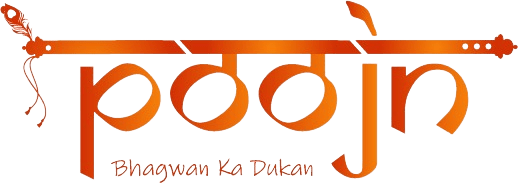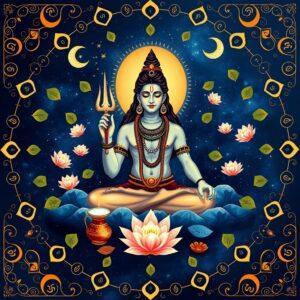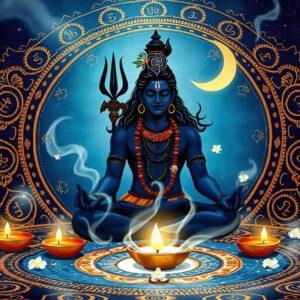Holi, the festival of colors, is a vibrant celebration of spring and the triumph of good over evil. Celebrated with immense enthusiasm across India, Holi is not a monolithic festival but rather a tapestry of unique regional customs. This article explores the diverse ways Holi is celebrated in different parts of India, highlighting the distinct traditions that make this festival so special.
Historical and Mythological Significance of Holi
Holi’s roots lie deep in Indian mythology and history. The festival commemorates the legend of Prahlad and Hiranyakashipu, symbolizing the victory of good over evil. Another prominent narrative is the story of Lord Krishna and Radha, where Krishna playfully colored Radha’s face, initiating the tradition of playing with colors. Holi also signifies the end of winter and the arrival of spring, a celebration of fertility, love, and the renewal of life. Understanding these stories enriches our appreciation for Holi’s cultural importance.
Regional Holi Celebrations Across India
North India
North India, particularly Uttar Pradesh, is renowned for its exuberant Holi festivities. Mathura and Vrindavan, the birthplace of Lord Krishna, witness week-long celebrations. The Lathmar Holi of Barsana, where women playfully hit men with sticks, is a unique and exciting tradition. In Delhi, Holi is marked by community gatherings, music, dance, vibrant colors, and water balloons. Traditional delicacies like Gujiya and Thandai are integral to the celebrations. You can find puja essentials for your Holi celebrations on poojn.in.
Western India
In Maharashtra, Holi, known as Rang Panchami, is celebrated with fervor, beginning with Holika Dahan, the symbolic burning of evil. Gujarat’s Holi is distinguished by the Dahi Handi competition, inspired by Lord Krishna’s mischievous childhood. Tribal communities in Maharashtra and Gujarat add their own unique customs, incorporating traditional dances, songs, and natural colors derived from flowers and herbs. Celebrate an authentic Holi with natural colors available at poojn.in.
Eastern India
West Bengal celebrates Holi as Dol Jatra or Dol Purnima, dedicated to Lord Krishna. Processions with idols of Krishna and Radha, accompanied by music and dance, are a hallmark of the festivities. Similar traditions are observed in Odisha, known as Dola. Tribal communities in Jharkhand, Bihar, and Assam add their own distinct celebrations with folk music, dance, and a growing emphasis on eco-friendly colors. Make your Holi eco-friendly with our range of sustainable products at poojn.in.
Southern India
While Holi is not as widely celebrated in South India as in the North, certain communities maintain the tradition. Tamil Nadu observes it as Kamavilas, while the Banjara tribes of Andhra Pradesh and Telangana celebrate with great enthusiasm, using natural colors and traditional songs. Karnataka calls it Kaamana Habba, marked by community gatherings and rituals. Kerala’s Konkani and Kudumbi communities celebrate with music, dance, and natural colors. Find traditional puja items for a South Indian Holi at poojn.in.
Central India
Madhya Pradesh celebrates Holi with the same vibrancy as North India. Chhattisgarh’s tribal communities have unique traditions involving songs, dances, and rituals centered on community bonding and celebrating spring. Natural colors are preferred, and traditional foods like Puran Poli and Thandai are essential. Cultural performances and fairs enhance the festive atmosphere. Explore our collection of Holi puja items at poojn.in.
Conclusion: Embracing the Spirit of Holi
Holi is a vibrant expression of India’s rich cultural tapestry. Beyond the colors, it’s a celebration of togetherness, the triumph of good over evil, and the arrival of spring. Each region adds its unique charm, creating a kaleidoscope of traditions. As we celebrate, let’s embrace these customs with respect and joy, promoting eco-friendly practices and sharing the festive spirit with our communities. Wishing you a joyous and colorful Holi! Find everything you need for a memorable Holi celebration at poojn.in.
FAQs on Holi in India – Regional Traditions and Celebrations
**What makes Holi celebrations unique in different parts of India?** Holi’s vibrancy is reflected in the diverse regional customs. From Lathmar Holi in Barsana, where women playfully hit men with sticks, to the cultural performances of Basanta Utsav in Shantiniketan, each region adds its own flavor. Punjab’s Hola Mohalla showcases mock battles and martial arts, while Rajasthan’s royal processions feature decorated elephants and camels, highlighting the spectrum of Holi traditions.
**How is Holi celebrated in the sacred city of Vrindavan?** Vrindavan’s Holi is a week-long extravaganza of devotion and color. Temples host special prayers, music, and dance events. The Banke Bihari Temple becomes the epicenter of the festivities, with people joyfully playing with colors and singing devotional songs, creating an atmosphere of spiritual revelry.
**Where can one witness the grandeur of Holi in Rajasthan?** Jaipur is the heart of Rajasthan’s Holi celebrations. Grand processions with elaborately decorated elephants, camels, and horses showcase the region’s royal heritage. The festivities include vibrant folk dances, traditional Rajasthani music, and a feast of local cuisine, making it a truly immersive cultural experience.
**What is the significance of Holika Dahan, the bonfire ritual?** Holika Dahan, held on the eve of Holi, is a powerful symbol of good conquering evil. Communities gather around the bonfire, offering prayers and singing songs, enacting the triumph of Prahlad’s devotion over Hiranyakashipu’s tyranny. It sets the stage for the colorful celebrations of the following day.
**How are Holi traditions observed in South India?** South India’s Holi, known as Kamadahana or Kama Dahanam, focuses on the symbolic burning of the demon Kamadeva. While not as widespread as in the North, the celebrations are centered on religious rituals and family gatherings, offering a more subdued yet significant observance of the festival.
**What are the culinary delights associated with Holi?** Holi is a feast for the senses, including the palate. Gujiya, a sweet dumpling filled with khoya and dry fruits, is a quintessential Holi treat. Other delicacies like malpua, dahi bhalla, and thandai, a refreshing milk-based drink infused with spices and nuts, add to the festive culinary experience.
**How does Maharashtra celebrate Rang Panchami?** Maharashtra’s Rang Panchami is a vibrant affair, with people reveling in colors and water play. Traditional folk songs and dances add to the festive atmosphere. Puran Poli, a sweet flatbread, takes center stage as a special Holi dish, adding a local touch to the celebrations.
**Do Holi celebrations differ between urban and rural settings?** Yes, the character of Holi celebrations can vary significantly between urban and rural areas. Cities often host organized events in public parks or community centers. Rural Holi, on the other hand, is a more intimate community affair, with villagers coming together to play with colors, enjoy traditional music and dances, and strengthen social bonds.


